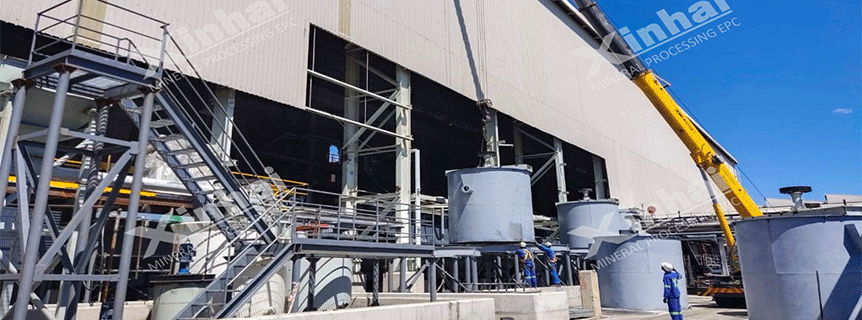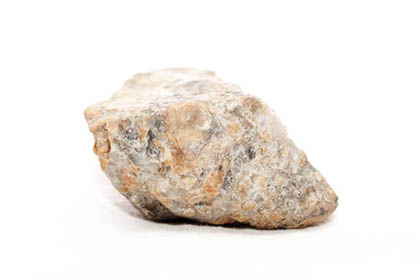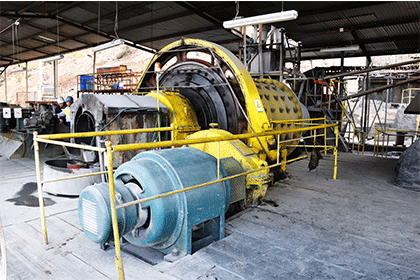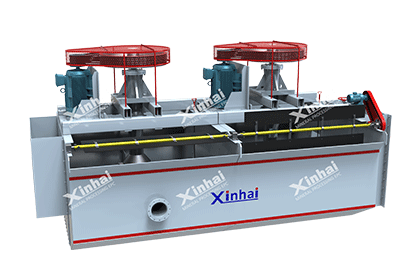How to Build a Chrome Processing Plant
 Sheena
Sheena
 Oct 11, 2024
Oct 11, 2024
 604
604
If you want to know more details about equipment, solutions, etc, please click the button below for free consultation, or leave your requirements!

chrome-processing-plant
Building a chrome processing plant involves a complex series of steps, from choosing the right location to finalizing the plant's design and ensuring efficient and sustainable operations. Chrome, or chromium, is a key element used in industries ranging from stainless steel production to chemical manufacturing. The efficient extraction and processing of chromite ore into usable chrome products require specialized equipment and procedures. This guide provides a comprehensive look into the critical stages involved in building a chrome processing plant.
01Site Selection: Key Considerations
BackThe first major step in building a chrome processing plant is selecting the right location. Several factors come into play during this stage:
1. Proximity to Chromite Ore Deposits
Since transportation can significantly add to the cost of chrome production, it's advantageous to position the plant close to chromite mining operations. In countries like South Africa, where chromite reserves are abundant, many processing plants are strategically located near major mines.
2. Infrastructure
The site needs access to key infrastructure, including:
Transportation networks: Good road, rail, or port connectivity to ensure efficient import and export of materials and products.
Utilities: Reliable sources of water, electricity, and fuel are critical for processing operations.
Labor availability: Skilled labor is required to operate sophisticated processing equipment, so the plant should be located near an urban center with a qualified workforce.
3. Environmental Impact and Regulatory Compliance
It's essential to conduct environmental impact assessments (EIA) before finalizing the location. The chrome processing plant must comply with local environmental regulations to mitigate the effects of emissions, wastewater, and solid waste on the surrounding environment.
02Plant Design: Ensuring Efficiency and Sustainability
BackThe design phase involves both technical and environmental considerations. A well-designed plant maximizes chrome yield, minimizes energy consumption, and ensures the health and safety of workers.
1. Key Components of a Chrome Processing Plant
1.1 Crushing and Grinding Facilities
Crushers: The chromite ore needs to be crushed into smaller pieces to prepare it for subsequent processing. Jaw crushers or cone crushers are typically used at this stage.
Ball mills or rod mills: After crushing, the ore is ground to further reduce particle size, increasing the surface area for the subsequent separation processes.
1.2 Concentration and Separation Equipment
Gravity separators: Chromite is typically separated from gangue (unwanted minerals) through gravity-based separation methods such as spiral concentrators or shaking tables. These machines take advantage of chromite's higher specific gravity compared to waste rock.
Magnetic separators: Chromite is paramagnetic, and magnetic separation techniques can be employed to further purify the material.
1.3 Furnaces and Smelting Facilities
Furnace: After concentration, the next stage is smelting, where the ore is heated to high temperatures (1,500–1,700°C) in electric arc furnaces. During this process, the chromite ore is reduced to form ferrochrome, an alloy of iron and chrome, which is the primary material used in steel production.
1.4 Tailings Management
Tailings are the leftover materials after chromite extraction. Tailings management is a critical component, as improper disposal can lead to environmental contamination. Tailings dams, filtering systems, and recovery plants are often integrated into the plant design to handle this waste.
2. Automation and Control Systems
Modern chrome processing plants are equipped with advanced control systems that allow for the real-time monitoring of various production stages. Automation enhances efficiency, ensures consistent product quality, and helps reduce energy consumption. It also improves safety by reducing direct human contact with hazardous materials and high-temperature equipment.
03Sustainability and Environmental Considerations
Back
Sustainability should be central to the design and operation of any modern chrome processing plant. The environmental impacts associated with chrome processing include:
Air pollution: Emissions from smelting and other high-temperature processes can release particulates and gases like sulfur dioxide (SO2) into the atmosphere.
Water usage: Processing chromite ore requires significant quantities of water for washing and separating. Improper wastewater disposal can lead to water contamination.
Energy consumption: Smelting operations require large amounts of electricity, often generated from non-renewable sources.
To address these challenges, plant designers should incorporate:
1. Emission Control Systems
Installing dust collectors, filters, and gas scrubbers can capture airborne pollutants and reduce air pollution.
2. Water Recycling Systems
Water used in chrome processing should be treated and recycled within the plant wherever possible. This reduces both water consumption and the risk of contaminating local water sources.
3. Energy Efficiency Measures
Upgrading to energy-efficient equipment, using waste heat recovery systems, and exploring renewable energy sources (such as solar or wind power) can reduce the plant's carbon footprint.
4. Circular Economy Approaches
The plant should aim to recover as much usable material from the waste stream as possible, both to maximize profitability and to minimize the environmental impact. By-products from the smelting process can sometimes be repurposed for other industries, such as construction.
04Construction and Commissioning
BackOnce the design is finalized, construction of the chrome processing plant can begin. The construction phase includes:
1. Civil works: Building the plant's foundation, warehouses, offices, and infrastructure for transportation and utilities.
2. Installation of equipment: Installing crushers, mills, separators, furnaces, and environmental control systems.
3. Commissioning: After construction, the plant undergoes a commissioning phase where each system is tested for proper functionality. Initial runs are made with raw chromite ore to ensure all equipment works as expected and that the plant can achieve the desired production rates.
This stage also includes staff training, ensuring that all workers understand the plant's operations, safety procedures, and environmental compliance requirements.
05Operations and Maintenance
Back
Once the plant is operational, it is critical to implement robust maintenance and operational practices to ensure long-term success. Key aspects include:
1. Preventive Maintenance
Regular maintenance schedules for all machinery and equipment help prevent unexpected breakdowns, reduce downtime, and extend the life of the plant’s assets.
2. Monitoring and Optimization
Using advanced data analytics and monitoring systems, plant operators can continuously analyze production metrics. This allows for real-time adjustments that improve efficiency and reduce waste.
3. Environmental Monitoring
Regular monitoring of air, water, and soil around the plant ensures that the facility remains compliant with environmental regulations and minimizes its ecological footprint.
06Conclusion
BackBuilding a chrome processing plant is a capital-intensive and complex endeavor. However, with the right planning, attention to environmental sustainability, and investment in modern technologies, such a plant can become a vital part of the global supply chain for chrome products. By considering factors like site location, plant design, environmental responsibility, and long-term operational strategies, companies can develop efficient and profitable chrome processing facilities.
 +86 18716000713
+86 18716000713 xlyin@xinhaimining.net
xlyin@xinhaimining.net




 Message
Message Chat Now
Chat Now

















